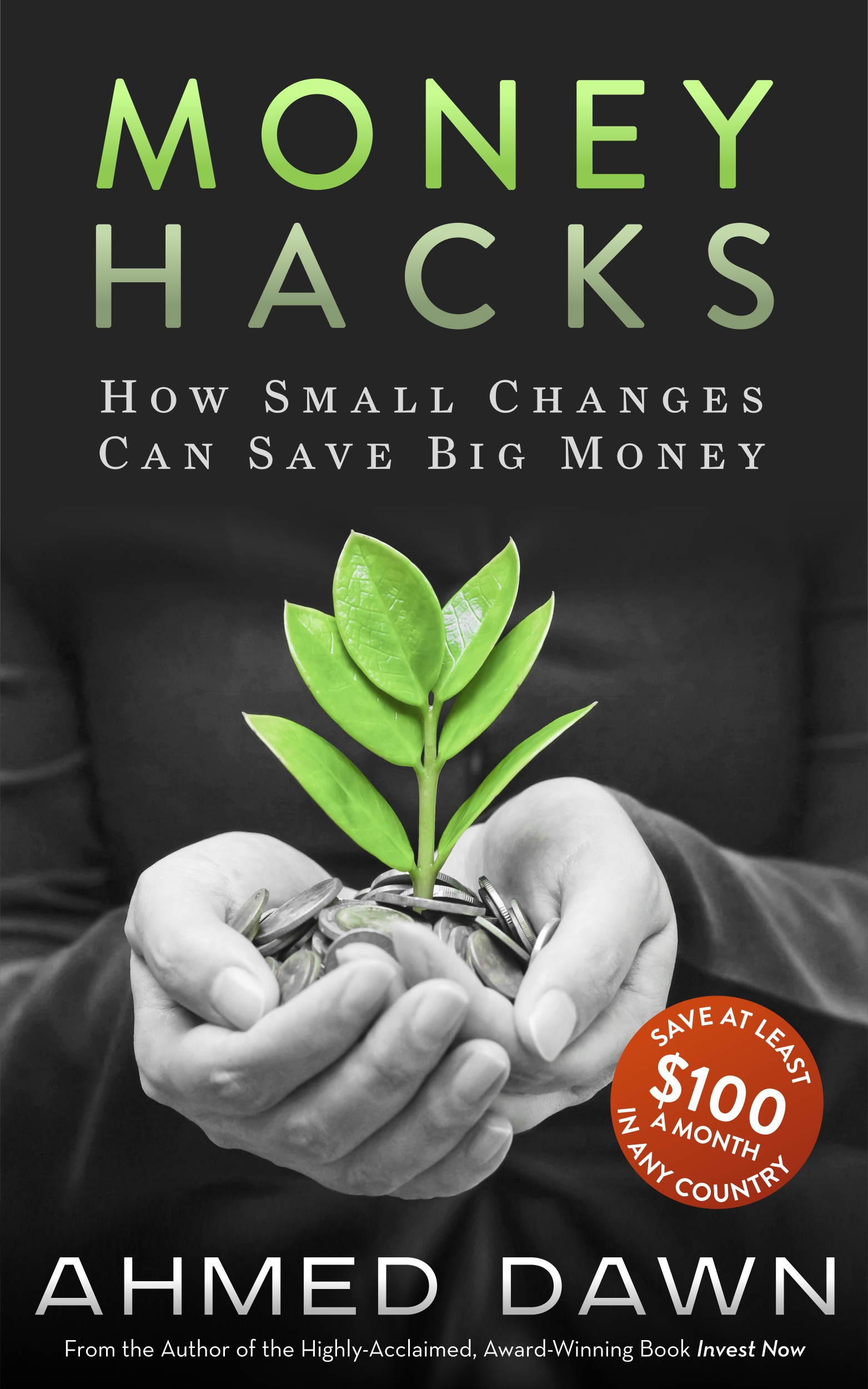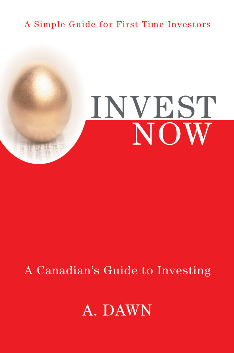Global Real Estate Gets $1 Tn Injection
/Global Real Estate Updates
First Published Date: June 19, 2016
China’s Global Real Estate Hunger Continues – A Chinese site, Tencent Finance, reports that Chinese investors continue to grab global real estate and these are some countries with the highest investments:
South Korea: Only in Seoul real estate purchased is 160,000 square meters and 9.14 million square meters in vacation destination paradise Jeju Island.
Japan: 2 billion last year.
Singapore: At least 10 percent of the properties in recent years.
USA: Top destination for Chinese investors. At least $110 billion in the last five years, excluding purchases made by business entities.
Canadian Office Real Estate Company Is Among The Top Five: Canadian office space company Brookfield and Ivanhoé Cambridge are among the top five office real estate owners in the world. Some of the landmark properties owned by Brookfield are in Toronto, New York City, Los Angles, London, Sydney, Perth, and Berlin.
Global Real Estate Investments Skyrocket: Property consultant CBRE reports that global real estate will receive more than $1 trillion investments in 2016, which is 6 percent higher than last year.
North America is on the top list for global real estate investors at 48 percent, ahead of Western Europe, which receives 26 percent of investments.
U.S. Retailers Are in Deep Push into the Global Retail Real Estate Market: Another report by CBRE points out that U.S. retailers have expanded faster in 2015 than 2014 into the global retail property market. American retailers’ presence is more in the global retail space than Europe and Asia combined. Italy and the UK were at 2nd and 3rd position.








